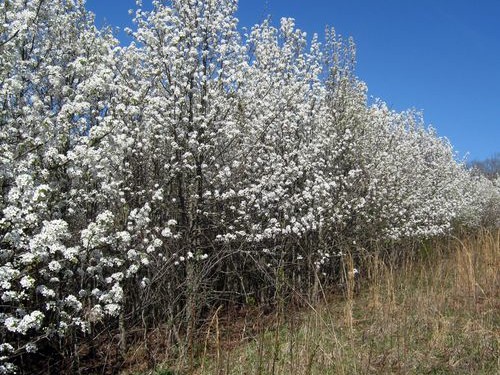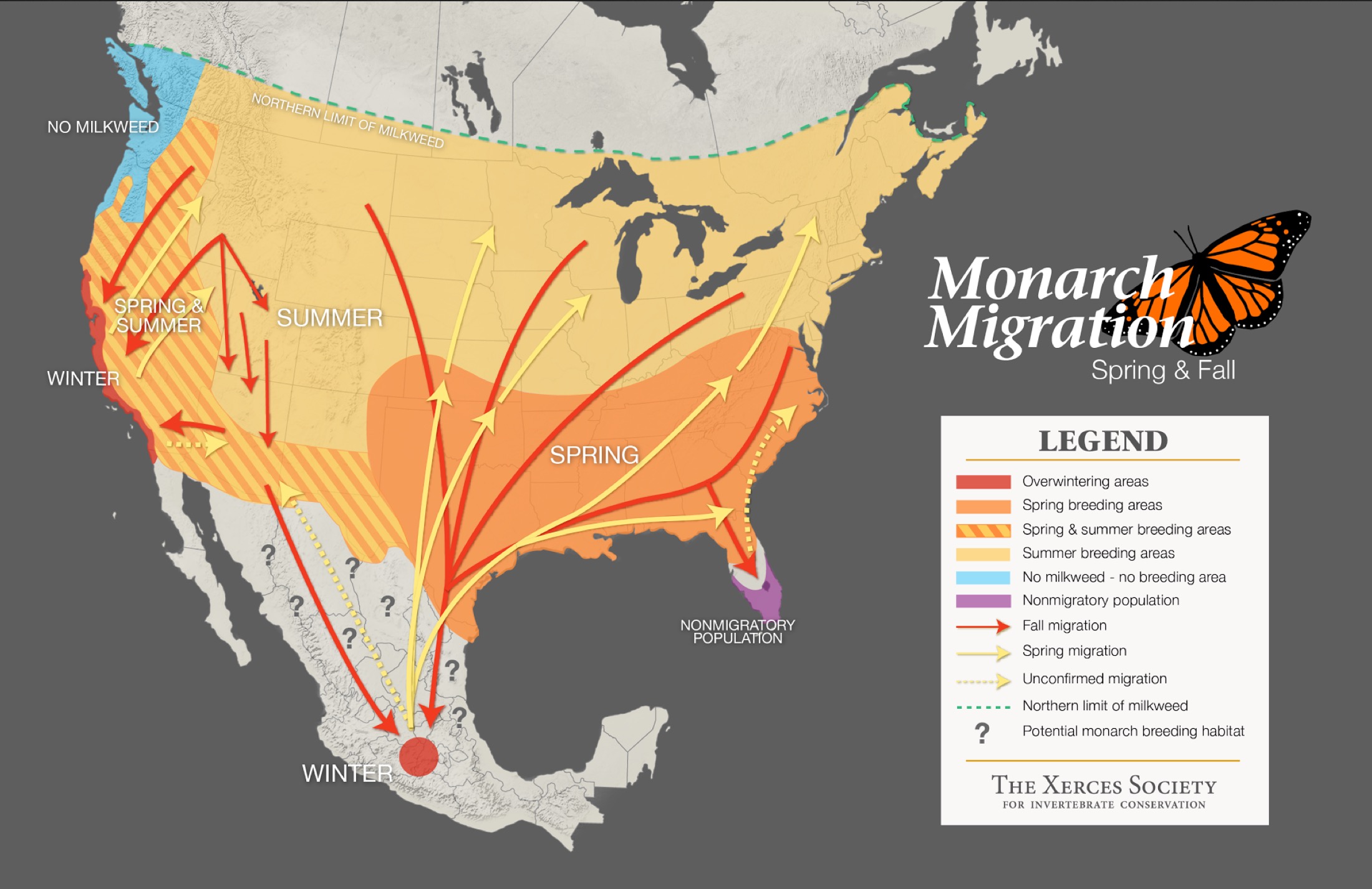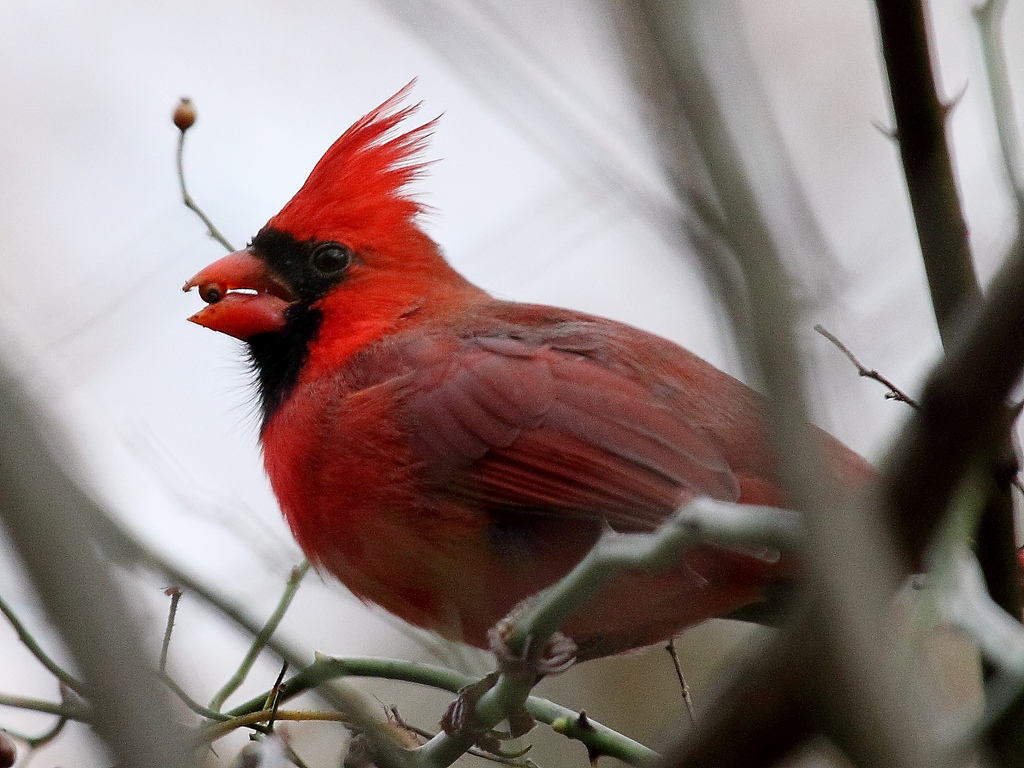'RIGHT PLANT, RIGHT PLACE'. We've all heard that mantra. But, there are some plants that have NO PLACE in the landscape. These species are THE INVASIVES. And, as beautiful as each may be, they are destructive in the natural landscape. They are the barbarians at the gate of biodiversity. Each invasive is highly adaptable and once they get a foothold are difficult to control in your landscape or when they escape into wild areas. Invasive species reduce biodiversity and critical wildlife food and habitat.
The good news is there are MANY GREAT NATIVE PLANT ALTERNATIVES to invasive plants or overused ground covers, shrubs and trees. Here are just a few of our “most UN-wanted” barbarian plants.
Pachysandra, or Japanese spurge, is an invasive evergreen perennial INVASIVE GROUND COVER that spreads throughout the garden by means of underground stems and roots.
If you have this ground cover and want to eliminate it, you have three OPTIONS FOR PACHYSANDRA ELIMINATION.
- DIG IT UP. Hard work, but an environmentally safe way to expose and eliminate pachysandra's shallow root system. To make sure you get all of the roots, cut through the foliage and remove the top 4 to 6 inches of soil in the affected area
- COVER IT UP. Cover the entire planted area with black plastic. With black plastic, the sun will heat the soil under the plants and the plants will be deprived of sunlight and water. It takes a long time, though...three months to a year to completely kill the plants, more in shady areas.
- POISON IT. Chemicals like glyphosate (Roundup) are the "last resort" method for large or troublesome patches. But, use with care. Glyphosate will kill any vegetation it's sprayed on and can also drift in wind or runoff.
The BEST OPTION is to never plant pachysandra, but rather CHOOSE A SHORT NATIVE SPECIES like wild ginger, barren strawberry, or one of the many cool, short sedges. If you can go a bit taller, look into native ferns, wild geranium, or a medium-short native grass or sedge.
One of the most insidious of all INVASIVE SHRUBS is bush honeysuckle, which includes two species, Morrow's (Lonicera morrowii) and Amur (L. maackii). You'll find this pest shrub in a wide variety of natural landscapes, even those without previous disturbances. There are several control measures including prescribed burning, hand pulling seedlings, cutting and herbicide treatments.
FOR BUSH HONEYSUCKLE CONTROL, the Missouri Department of Conservation recommends these option:
- Spring PRESCRIBED BURNING in fire-adapted communities will kill seedlings and kill the tops of mature plants.
"Bush honeysuckles readily re-sprout and repeated fires are necessary for adequate control. It may be necessary to burn annually or biennially for five years or more for effective control."
- HAND PULLED sprouts when soils are moist. All of the root should be removed or re-sprouting will occur. Physical removal by hand-pulling smaller plants or grubbing out large plants should not be used in sensitive habitats. Open soil and remaining root stocks will result in rapid re-invasion or re-sprouting of honeysuckles and other exotic species.
- HERBICIDING cut honeysuckle stems. After cutting with brush-cutters, chainsaws or hand tools, apply a 20-percent solution of GLYPHOSATE to the cut stump by low-pressure spray or by wiping the stump with a sponge applicator. This method should prevent re-sprouting.
NATIVE ALTERNATIVES TO BUSH HONEYSUCKLE include viburnums (Viburnum sp.), roughleaf dogwoods (Cornus drummondii), ninebark (Physocarpus opulifolius), vernal witch hazel (Hamamelis vernalis) and inkberry (Ilex glabra)
Callery, or Bradford pear, is an invasive, exotic species that crowds out native plants and fails to support wildlife.
Callery pear, (Pyrus calleryana), commonly known as ‘Bradford pear’, is a deciduous INVASIVE TREE that was brought to the United States in 1917 from China. It was thought that a hybrid species between the imported tree and the common fruiting pear would improve disease resistance in fruit crops. The Bradford cultivar also caught on as a new landscape ornamental during the 1950s and a number of subsequent cultivars continued to come on the market. While individual cultivars are self-sterile, different cultivars are known to cross-pollinate, producing fruits and viable seed. Spread occurs when the fruit of these hybrids is eaten and distributed by birds and other animals.
A single 'escaped' Bradford pear tree can spread quickly by seed and vegetative means to form dense thickets. Even a few of these trees will outcompete native plants and woody seedlings around them, including spring wildflowers.
- BRADFORD PEAR CONTROL includes PULLING young seedlings, or CUTTING and treating stumps with a 25-50% GLYPHOSATE solution. Like bush honeysuckle, because of the persistent seed bank and potential for resprouting, vigilant observation and retreating of an area may be required for several years.
NATIVE TREE OPTIONS that are equally ornamental include flowering dogwood (Cornus florida), serviceberry (Amelanchier sp.), wild plum (Prunus americana) and hawthorn ((Crataegus sp.).
Chinese silvergrass (Miscanthus sinensis) is a tall, elegant but INVASIVE GRASS that forms plumes of seed easily spread by wind.
- REMOVE INVASIVE SILVERGRASS from your landscape by cutting off the seed heads, placing them in a garbage bag and disposing of them. The following spring, dig up the plant and remove or chemically treat the stump when growth begins. Cut the previous year’s growth to about 12” tall and spray with glyphosate. You may need to repeat this process to completely kill the plant.
NATIVE GRASS OPTIONS that are both beautiful and beneficial to watchable wildlife include little bluestem (Schizachyrium scoparium, prairie dropseed, (Sporobolus heteroplepsis), indiangrass (Sorghastrum nutans)and feather reed grass (Calamagrostis acutiflora). Natural selections and cultivars of these are also well-behaved choices.
Native prairie dropseed is an elegant, mid-height grass that blends beautifully with wildflowers and other native grasses.













